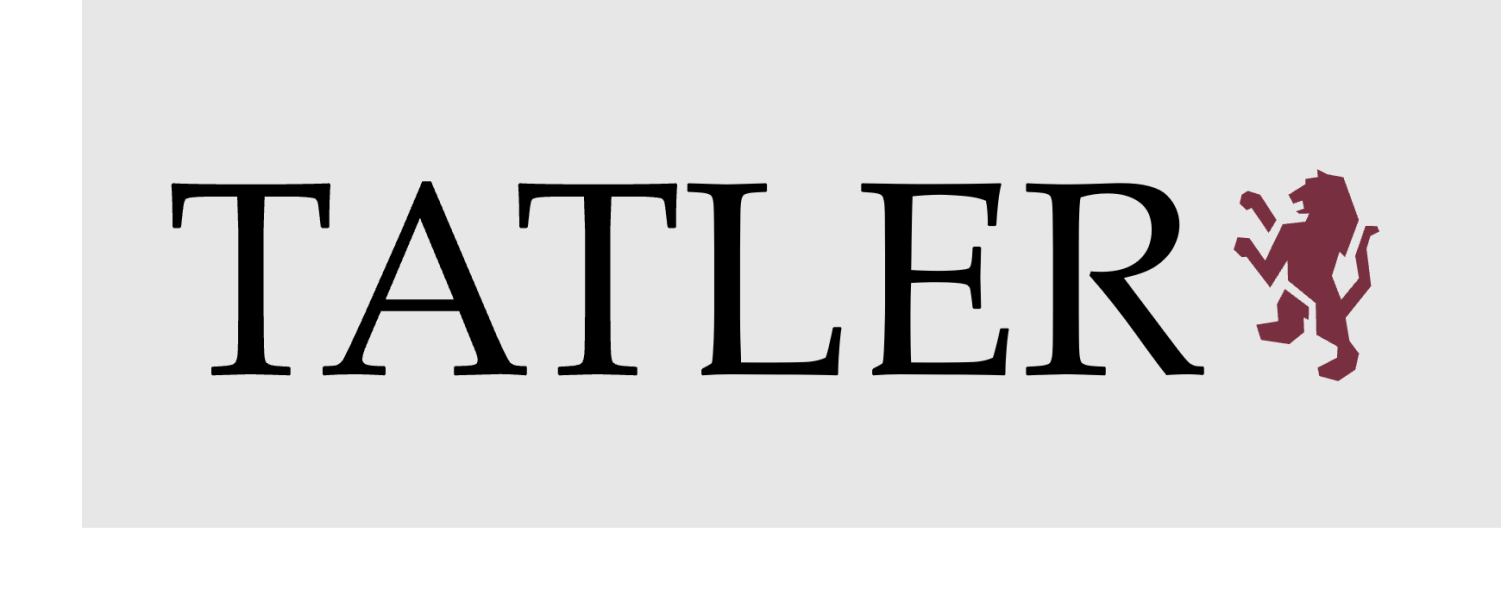Examining Lakeside’s Gender Pay Gap
The notion that women’s rights movements are things of the past is an all-too-common misconception. Nowadays, pay equity has emerged as an area ripe for positive change, beginning in 2016 when the US women’s national soccer team demanded equal pay to the men’s national soccer team and six players later achieved it. Since then, pay equity and the pay gap, two separate but related topics, have taken center stage in the area of workplace equity.
For context, pay equity is paying people that are doing similar work the same salary without regard to race, gender, or any other identity. The pay gap is a measure of differences in the average (also known as the mean) earnings between two groups. It does not take into account the similarity or difference in jobs and is more about having diversity in administrative roles.
This means that female-identifying faculty and staff at Lakeside earn 96% of what male-identifying faculty and staff earn.
To calculate a gender pay gap, you add up the salaries of men, the salaries of women, and compare the means of those groups. Birage Tandon, Lakeside’s chief financial officer, did the calculations to search for a gender pay gap at Lakeside. The mean salary for female-identifying employees was $92,481, and the mean salary for male-identifying employees was $96,523. This means that female-identifying faculty and staff at Lakeside earn 96% of what male-identifying faculty and staff earn. This is the data from last year with Mr. Noe and Ms. Wilks, who had higher salaries due to their senior roles, so the results will change this year with two male-identifying people in those roles.
“Those results are actually really good. We see even progressive organizations with far bigger gender pay gaps,” says Maria Colacurcio, CEO of Seattle pay equity software company Syndio. Ms. Colacurcio also remarked that she “admired that the school shared the data, as transparency is the best way to create trust.” When asked what Lakeside might do next, she said they could “review this data each year, share results, use it to teach students about the underlying causes of the pay gap … and at some point do a pay equity analysis, as it’s important to confirm the absence of any gender or race bias at Lakeside.”
Minimizing the gender pay gap has become a priority for organizations around the country. Recently, California passed a law requiring companies to do three things designed to reduce pay gaps due to gender and race: share pay ranges with job applicants, share more pay data with the state, and report their median pay gaps by race and gender. California is the world’s 5th largest economy, and its laws have a huge impact beyond state borders.
The topic of the pay gap is also present in social media though the Gender Pay Gap Twitter Bot, which was active during International Women’s Day (that’s March 8 for you boys). On that day, many companies tweeted platitudes about their support for women. For each company that did so in the UK – where median pay gap reporting is required – the Twitter bot replied with each company’s gender pay gap. The results were both hilarious and sad. When global consultant McKinsey tweeted “I believe that no mountain is too high to climb. Join us as we celebrate amazing women… #BreakTheBias.” The bot replied with, “In this organization, women’s median hourly pay is 22.3% lower than men’s.” Every company tweeting about International Women’s Day had a gender pay gap. Every post demonstrated the stark contrast between what organizations say about fairness and the reality of their practices.
Gender pay inequity remains persistent in the modern world. The World Economic Forum estimates that it will take another 200 years to close the gender pay gap. Gender and race pay equity is not a problem that has already been solved. If Lakeside and other organizations continue to stay transparent and educate youth, perhaps future generations could grow up in a world where their gender and race don’t dictate their salary.

